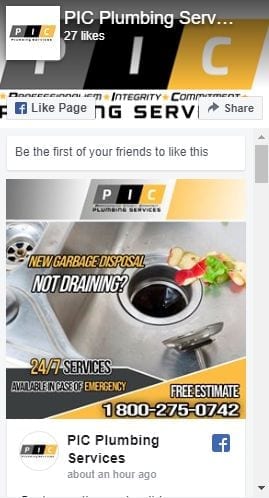If you’ve gotten acquainted with your home’s faucets and showers for quite some time now, then chances are that you know to spot when you’re having a normal day and when there are problems brewing. While there may be a wide range of different problems that you’ll need to deal with when handling your home’s water systems, there’s one issue that can be much more bothersome: low water pressure.
Now, it might not necessarily seem like a significant problem at first, but not having enough water pressure can definitely hamper the experience that you have at home.
For instance, your bathtub preparation time may take nearly twice as long because less water flows into the tub, or washing dishes can become even more bothersome because you don’t have enough water to wash everything properly. Regardless of what supply or source you’re using at home, there’s no denying that insufficient pressure will always lead to dissatisfaction.
Fortunately, solving your home’s water pressure woes can easily be done by following a quick checklist and inspecting various potential problem points scattered throughout your home. If you find yourself at the mercy of a slow flow of water during your baths and chores, here are three common causes that may be brewing up your current problem:
Your home’s water meter valve isn’t fully open
One of the most common reasons homeowners end up reporting cases of low water pressure is that their water meter valve isn’t as open as it’s supposed to be.
As part of your own home’s two major shutoff valves that are responsible for controlling the supply of water to your home, the water meter valve is generally responsible for managing the flow itself. Although you never really touch this valve since water company personnel are the only ones who deal with it, chances are that a worker mistakenly tightened it too hard.
If you’ve noticed that your meter valve’s handle is set at an angle to the pipe, then it’s safe to say that it isn’t fully opened and must be dealt with by an expert!
The pressure regulator isn’t working as well as it’s supposed to
Aside from mistakes with valves, another problem point that results in weak water flow can often be traced all the way to a faulty pressure-reducing valve or pressure regulator.
Generally, the main purpose of your home’s pressure regulator is to reduce the input pressure in your plumbing system to avoid inadvertent pipe damage. If it fails, however, then it’s most likely will overexaggerate its control and reduce the pressure completely. As opposed to other causes that have a more gradual impact, a failing pressure regulator gives off a more sudden effect, which will disrupt every fixture that has to deal with running water in your home.
In spite of common saying that anything can be done on your own, it is best to leave this problem in the hands of an expert professional because of all the complexities involved.
Your old steel water pipes are getting too old
Best known as the most expensive reason among the rest, old galvanized steel water pipes can be a cause of water restriction that is present in homes that are at least a few decades old.
This common problem typically occurs when a home’s old galvanized steel water pipes start to corrode over decades of use to the point that they end up closing off the pipe entirely. If you’re in a rather old house and you feel that your water pressure is gradually reducing, then it’s safe to say that you’ll need to save up for a complete replacement.
Conclusion
Dealing with a case of dwindling water pressure will never prove to be enjoyable or manageable to any extent. Yet, knowing what warning signs to watch out for and act on right away will help minimize the agony of weak running streams right away.
If you need professional plumbing services in San Diego, get in touch with us today to see how we can help!


